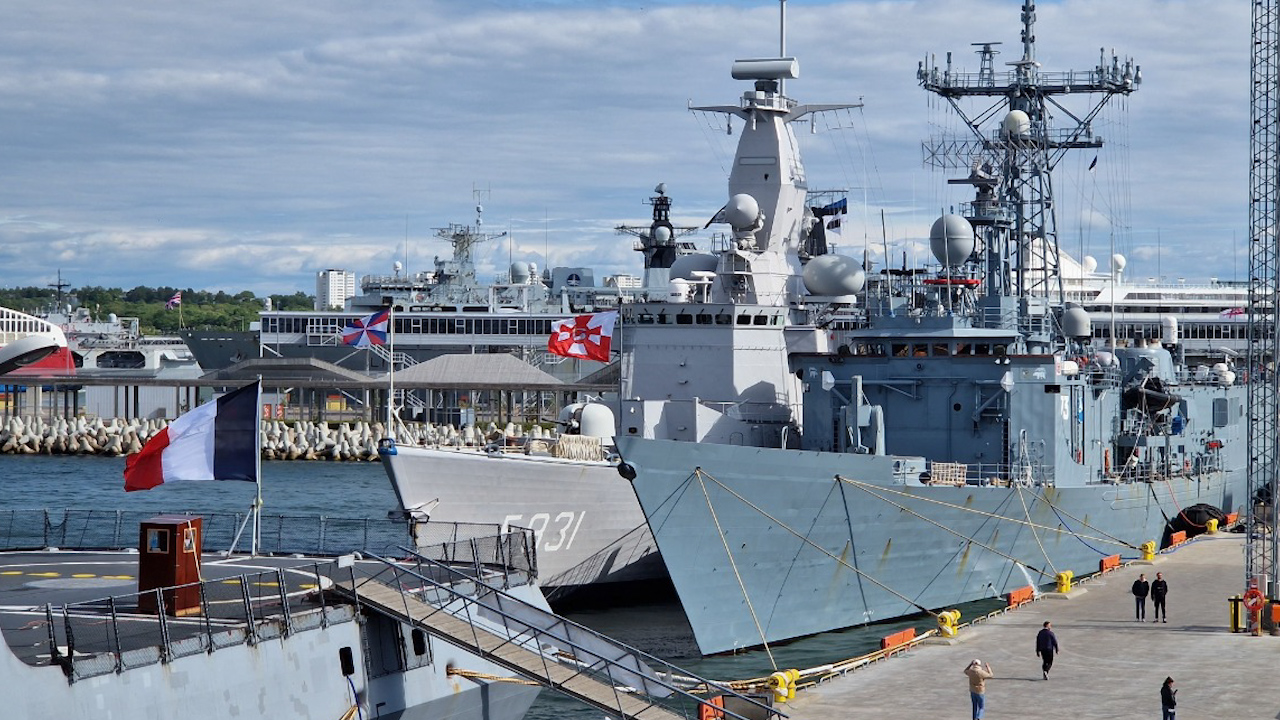One of Nato's longest-running exercises brings 6,000 personnel to Baltic Sea
Exercise Baltops 23 has brought together 6,000 Nato personnel from 20 countries for training in the Baltic Sea.
Led by the USA's sixth naval fleet, the exercise allowed personnel to practise large-scale maritime and amphibious operations.
The exercise takes place until 16 June and is controlled by Nato's naval striking and support forces.
German Rear Admiral Thorsten Marx, the Commander of Standing Nato Maritime Group One, said: "This premier exercise is more important than ever in these waters at this time.
"It is contributing to the deterrence of potential adversaries and underlines the ability to defend and reassure allies and partners.
"We stand together to ensure a safe, stable, and secure Baltic Sea region.
"Exercises like Baltops are proof that the maritime partnerships of the alliance, now in their seventh decade, remain as robust and relevant as ever."
This is the 52nd iteration of Exercise Baltops, which involves 20 nations, 50 ships, and 45 aircraft.
During the exercise, personnel from across Nato are given the opportunity to train together – building trust across air, land, and sea while improving interoperability between nations.
Baltops is one of the longest-running exercises held by Nato allies.

Every year, the Royal Navy sends vessels, including frigates, minehunters, and patrol vessels, to take part in Exercise Baltops.
Serving personnel benefit from a range of training scenarios, based on potential real-world events, and include search and rescue, anti-submarine warfare, mine countermeasures, radar tracking, and general seamanship exercises.









